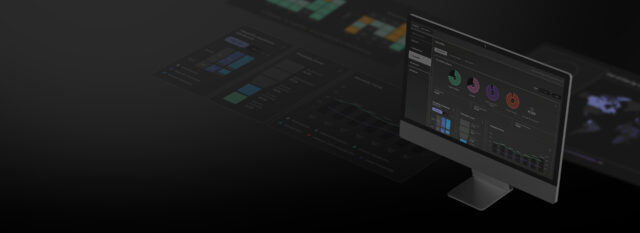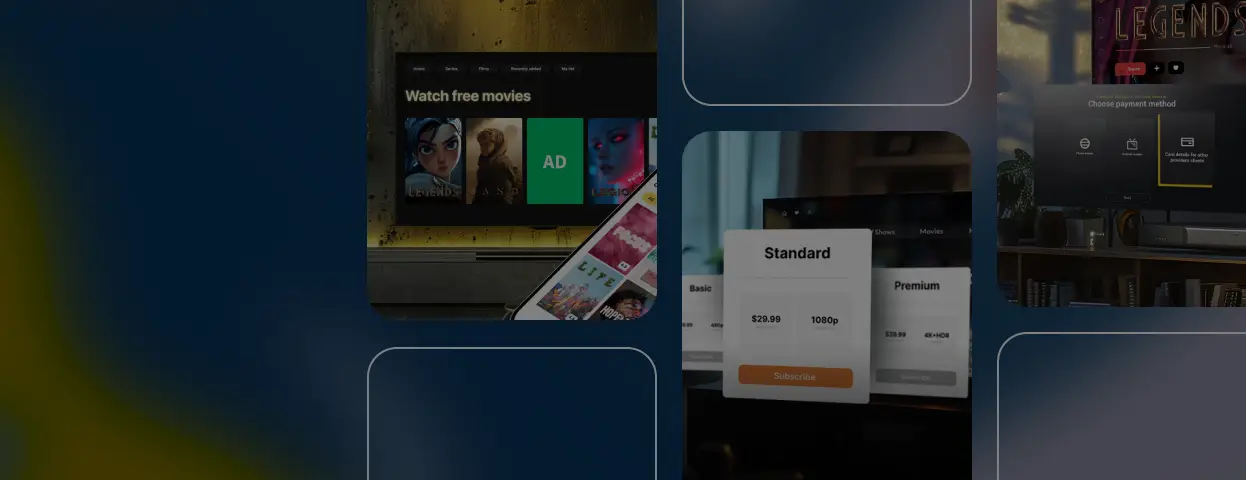We believe the biggest potential of medical e-Learning in the US revolves around creating more personalized and engaging experiences for both educators and learners. We elaborated on the three key healthcare use cases where e-Learning examples have the strongest impetus to streamline the sharing of health knowledge.
Integration of Learning and Performance Management

The majority of healthcare providers still tend to have their performance (PMSs) and learning management systems (LMSs) as separate silos, as if unaligned toward the ultimate goal of improving performance.
This way, managers and employees have limited visibility into knowledge level and its impact on both individual and departmental performance, while educators can’t measure the effectiveness of their training programs. Such an approach can impact an organization’s development and success, and — even more importantly — patients’ lives. Here are just a few potential problems:
- Training does not support personal and organizational goals
- Training is too generic to effectively address each employee’s skill gaps
- Performance KPIs are not used to improve learning content
- Bound to annual performance appraisals, training is too slow to tackle critical knowledge gaps
In other words, what is meant to be a cycle of continuous improvement is broken. Is there a way to fix it? Yes, by merging LMSs and PMSs into a single system that will help personalize learning by tackling the lack of training in tight alignment with KPIs. Let’s see what benefits come around with this marriage:
- Learning administrators: tapping into unified data to get 360-degree visibility into the knowledge gaps that hinder performance across the organization or entire health system, and planning more effectively
- Performance managers: using the latest information on learning progress and performance to create new goals and enroll employees in new training activities
- Employees: having more control over their careers by seeing inconsistencies in their training and creating personal development plans to address them in line with the organization’s overall goals
An integration like this has helped Crouse Hospital in Syracuse, New York to introduce a clinical ladder for registered nurses called the Professional Nursing Pathway. The integrated solution enabled the organization to not only digitize the program, which appeared to be too paper-intensive (over 100 pages), but also incorporate it into the performance appraisal process.
“We’ve been able to easily create our professional nurse pathway. The [integrated] solutions make building blocks for development plans, like job descriptions and competency plans, easily accessible. Plus, once we define a career pathway, we can assign it to many employees. And we can validate course completion all in one system,” says Sarah Peterman, Talent and Learning Management Systems Administrator at Crouse Hospital.
Microlearning

Microlearning is spreading as a way to split educational content into so-called bite-size units, or micro-courses. In this way, employees can learn and practice new skills right away. While healthcare organizations may find it unaffordable to pull staff away from patients and send them to training centers, micro-courses can be easily attended throughout the working day with the help of the latest mobile and video streaming technologies.
Patients anxious about seeing the doctor can also benefit from this approach. For example, Mytonomy, a HIPAA-compliant cloud platform, allows providers to create customized education modules that help patients learn what to expect from a treatment through short online videos available on mobile devices. Using the platform, one hospital has reduced the no-show rate from 50 to 7 percent, while another increased patient satisfaction from 70 to 95 percent.
According to Mytonomy’s CEO Anjali Kataria, reinventing patient education with microlearning requires a shift in how hospitals view patients. “Hospitals want to reduce costs, increase revenue, and help patients proactively take care of themselves and not simply continue with the status quo. We are helping hospitals re-imagine the patient relationship and own the education they deliver to their patients,” she says.
Kataria believes that patients should take charge of their care. They need to understand what is happening to them throughout the treatment lifecycle and what they can do to achieve better health outcomes.
Virtual and Augmented Reality

Finally, virtual and augmented reality software can enable healthcare educators to infuse hands-on experience in employee and patient education.
Ryan Ribeira, CEO of SimX, a Silicon Valley-startup that aims to bring VR and AR to medical training, believes that these emerging technologies are the next big things for medical simulation. The reason is, ‘“there’s not much more room for mannequins or other forms of physical simulation to improve,” he says.
We’ll probably see more of what’s called tactile displays, with haptic feedback, allowing you to feel skin and other sensations in simulation. These existed in the past, but were prohibitively expensive. I estimate it’s probably between 5-10 years out from now, with a comprehensive sense of touch, such as with a virtual scalpel cutting virtual skin in surgical training. It’s going to be huge!
Indeed, every now and then we discover new uses for VR and AR in medical training. For example, Next Galaxy is working with Miami Children’s Hospital to develop VR didactic modules on cardiopulmonary resuscitation (CPR) and other lifesaving procedures that will be available on mobile devices. The new, more realistic approach to CPR training will rely on lifelike experiences, such as using gestures, voice commands, and eye gaze controls, instead of passively watching videos and taking written exams.
According to Mary Spio, former CEO of Next Galaxy, “participants using VR will be required to make clinical decisions regarding proper techniques, after they make assessments using specific medical VR scenarios. Metrics and real-time feedback from the virtual CPR instructional video will also allow participants the opportunity to accurately perform CPR techniques. VR modules will highlight errors and encourage users to repeat a task when errors occur.”
Just like microlearning, VR and AR can also help patients to ease anxiety before undergoing a procedure. For instance, doctors at OhioHealth’s Grant Medical Center use VR to put residents into a virtual emergency room and view different medical scenarios in stereoscopic 3D.
Key Takeaways
Medical e-learning solutions offer the biggest promise in the following three healthcare areas:
- Aligning training and performance management in a single solution that would allow for continuous improvement — of both performance and training — based on granular visibility into KPIs
- Splitting e-learning content into micro-courses and enabling professionals to quickly learn and practice new skills without the need to travel to training centers
- Using VR and AR software to create immersive learning experiences for both professionals and patients
The numerous success stories tell us: the technology is not arriving — it’s already here, allowing providers to make knowledge more accessible, personalized, and engaging.























